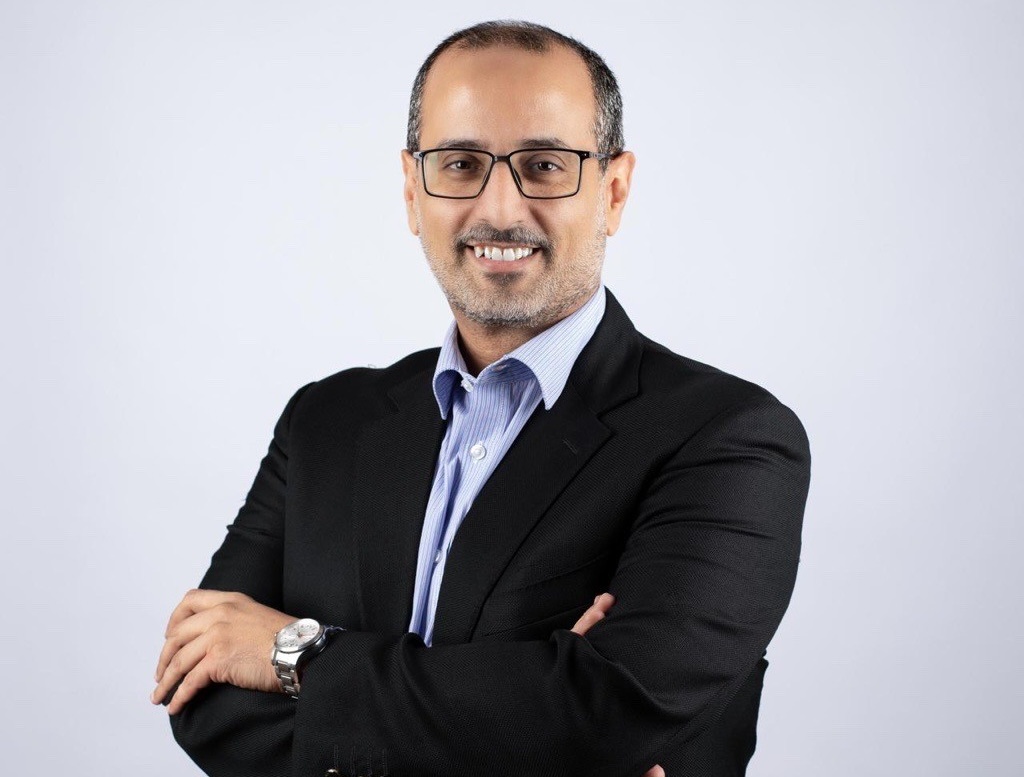BEIJING/SINGAPORE: Oil prices rose on Tuesday, underpinned by signs that demand may improve China and the US, the world’s biggest oil consuming nations, and growing concerns of a widening conflict in the Middle East that could affect supply from region, according to Reuters.
Brent futures for June delivery rose 58 cents to $88 a barrel by 9:41 a.m. Saudi time. US West Texas Intermediate crude futures for May rose 58 cents to $84.29 a barrel, after reaching the highest close for a front month contract since Oct. 27 in the previous session.
“The bullish catalysts for oil prices continue to pile up, with stronger-than-expected economic conditions in China and the US offering a more optimistic demand outlook, while geopolitical tensions in the Middle East continue to heat up with the involvement of Iran,” said IG market strategist Yeap Jun Rong in an email.
Manufacturing activity in March in China expanded for the first time in six months and in the US for the first time in 1-1/2 years, which should translate to rising oil demand this year. China is the world’s largest crude importer and second-largest consumer while the US is the biggest consumer.
In the Middle East, an Israeli strike on Iran’s embassy in Syria killed seven military advisers, among them three senior commanders, marking an escalation in the war in Gaza between Israel and Hamas, which is supported by Iran.
A widening of the conflict that has stretched for nearly half a year to include Israel directly fighting Iran has sparked concerns about impacts on oil supply.
“To date, the market hasn’t been worried about supply disruptions, with the war remaining contained. Iran’s involvement could see its oil supply under threat,” ANZ analysts wrote in a note.
The Organization of the Petroleum Exporting Countries and its allies, known as OPEC+, will hold an online meeting of its Joint Ministerial Monitoring Committee on Wednesday to review the market and members’ implementation of output cuts.
Members are expected to uphold their current supply policy calling for voluntary output cuts of 2.2 million barrels per day to the end of the second quarter.
OPEC’s output fell last month by 50,000 bpd, indicating the voluntary cuts are having some effect.
Higher discipline in production cuts from OPEC+ members are being felt on the ground, and “the market is also factoring in larger production cuts from Russia in next 3 months (in place of some export cuts earlier),” Suvro Sarkar, DBS Bank energy sector team lead, said in an email.
“Combined with persistent geopolitical risk events including the recent attack on the Iranian embassy in Syria, this could take oil prices toward $90/bbl in the near term,” he added.





























